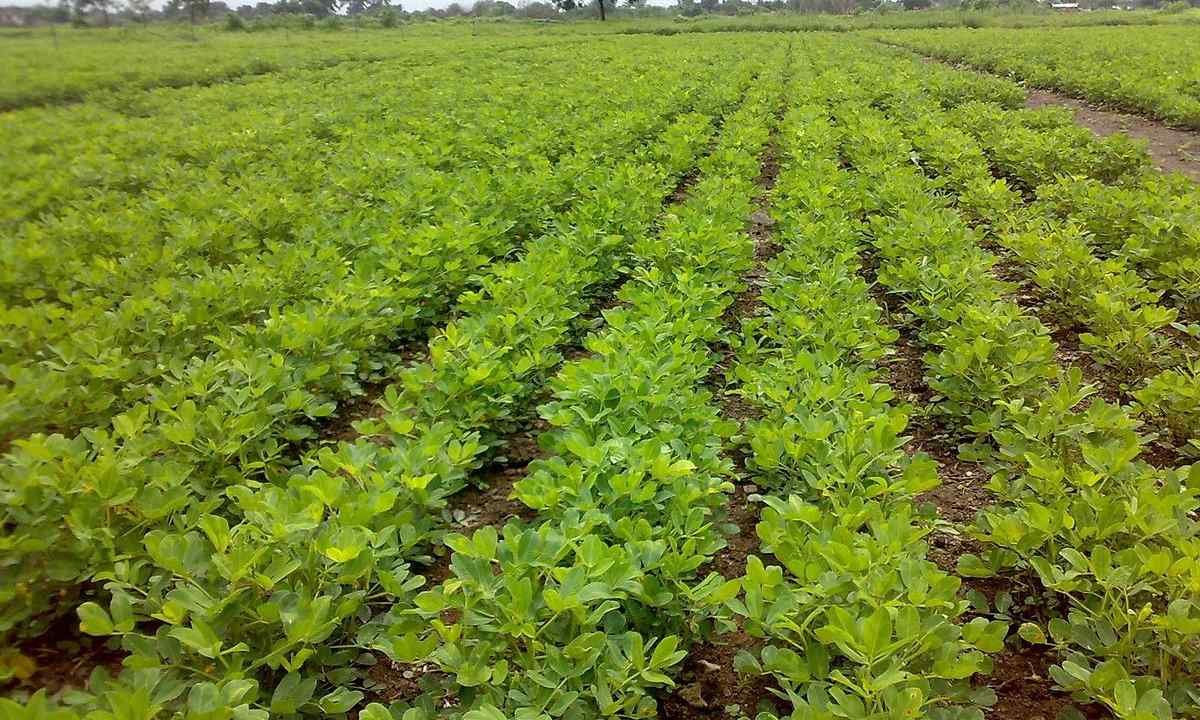The mountaineer or grechishnik is grassy plant with the cranked stalk, set of leaves and small flowers collected in inflorescence in the form of dense cone, brush or whisk. Grows in temperate climate, blossoms it is abundant and long – from last month spring and to frosts.
Flower growers have paid attention on the mountaineer in the 17th century, since then the plant is actively used for decoration of gardens, beds and front gardens. There is a lot of types of grechishnik, more than 200. All are various, can be absolutely unlike among themselves.
Types and grades
Carry to the most popular species of plant: mountaineer related, mountaineer Alpine, mountaineer snake, mountaineer Sakhalin, mountaineer amphibious, east and golovchaty. The first of them is the widespread decorative type of grechishnik growing to 25 cm in height. Evergreen leaves, are collected in the radical socket, in form oblong, with the sharpened tip. The inflorescence in the form of ears which it is long is reached by 8 cm, and the color includes all range of pink color.
The mountaineer Alpine is big, branchy bush which grows to 1 m in height. Stalks densely grow with leaves. And leaves of oblong shape, long – up to 14 cm, sharpened at tip. Inflorescences in the form of whisks, friable, white or yellow color. This species of plant is applied in cookery.
The mountaineer snake grows up up to 70 cm high, has short, thick, the curved rhizome with set of additional roots is serpentine. Stalks at it single, leaves of oblong shape with wavy edge, big – up to 20 cm in length. From above green color, from below, because of the wax raid, gray. Inflorescences in the form of cone which length reaches 6 cm, bright pink color. This medicinal look.
The mountaineer Sakhalin is the long-term grade reaching 5 m in height. Stalk of its straight line, smooth, upper part branched. Inside stalk empty. The rhizome is well developed, lies deeply, powerful. Large leaves, heart-shaped form with wavy edges, from below are slightly trimmed. Their length – up to 30 cm, color – green with red impregnations, changes on brown in the winter. Friable, white inflorescences.
The mountaineer amphibious has two appearance: water and land. The water version is plant with floating stalks, capable grow at depth up to 15 cm. Its leaves narrow and long, inflorescences in the form of cones of gentle-pink color. Land look the stalk which is densely covered with leaves, reaching up to 50 cm in height. Leaves with sharp tip, lantsetny form, inflorescence in the form of cones.
The mountaineer east grows at upright bushes which reach up to 2 m in height. Inflorescences of povisly, koloskovidny form of saturated purple color. There is also the second species of this plant – the mountaineer changeable, its inflorescences white and look as multistage whisks. Flowers, leaves, roots and fruits of this plant can be used in the medical purposes.
The mountaineer golovchaty has 15 cm in height and 30 cm diameter. Flowers its very small, pink. The inflorescence has spherical shape and is located on long thin leg. Small leaves, green color with red streaks and impregnations. The plant belongs to one-year.
Features of cultivation
Grechishnik needs good lighting. He can grow also in the dark place, but in this case leaves will lose decorative effect. The soil is necessary subacidic, friable and easy, fertile. It can be rehumidified, it is not dangerous to flower, however stagnation of water should be avoided.
The mountaineer is hygrophilous plant, watering is necessary to it regular. During blossoming the fertilizing is necessary. To avoid excessive growth, grechishnik it is necessary to shorten, cutting off excess escapes and digging out young growth. Old foliage should be deleted in the early spring.
The mountaineer differs in frost resistance, protective measures are not required for him in the winter. Even if he will suffer from hard frosts, will quickly be restored. To diseases and wreckers the plant resists well.

